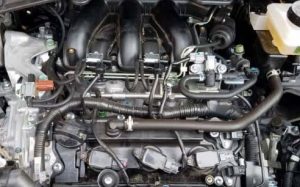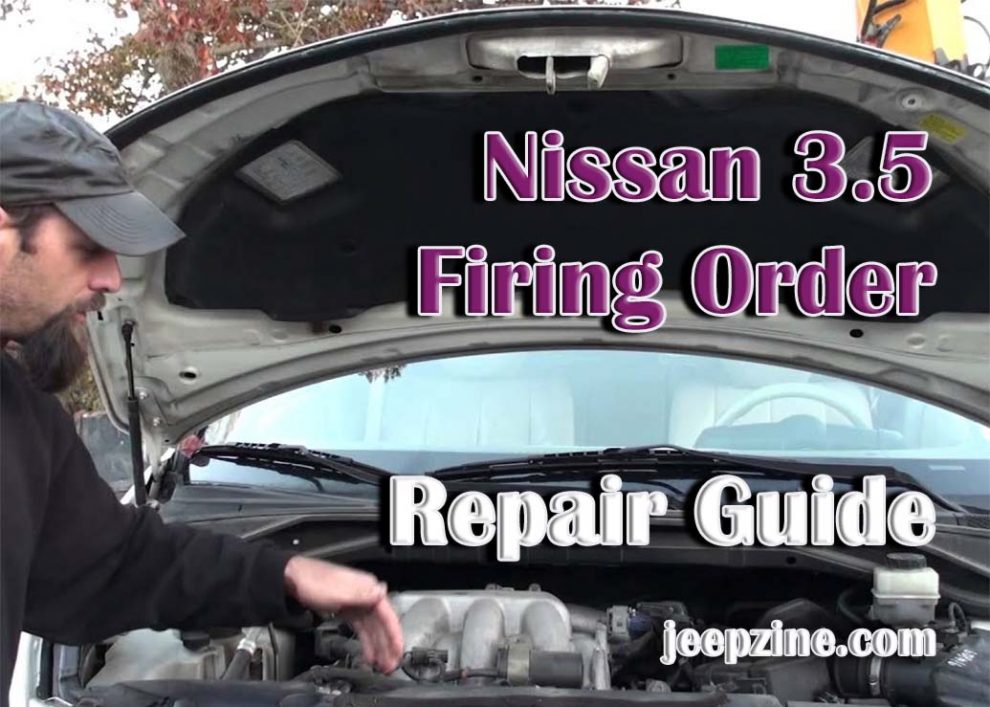What Is a Firing Order?
It’s no secret that the heart of any car is the engine. That’s what makes vehicles, no matter how big or small, move. Arguably, the engine is the most complicated and the most expensive part of any vehicle out there. This applies to sedans, trucks, SUVs, and crossovers. And one of the most important things in a car’s engine is, of course, its firing order. What is a firing order, you ask? Why does it matter?
Well, not to overwhelm you with engineering and technical terms, the firing order of a motor is the sequence in which each cylinder gets a spark from the spark plug wires. Now, a cylinder is a chamber/power unit that allows for fuel combustion and the generation of energy. And since the cylinders fire in a particular order, the gas (or, rather, the gas-air mixture) ignites in a pre-set order as well.
Otherwise, without a firing order, the engine will get seriously damaged or even rendered broken and out of service. That’s exactly why the firing order matters!
Let’s take a close look at the Nissan 3.5 V6 engine, also known as VQ35DE. This motor will serve you for 10-15 years if you treat it right and perform regular maintenance checks. In general, Nissan is known to be one of the best brands in the industry when it comes to the engine. Now, depending on the configuration, the 3.5 V6 unit packs 228-300 HP and 246-274 lb.-ft. of torque. However, no matter how powerful it is, activating all 6 cylinders at the same time will lead to overheating.

Unique Firing Orders for Different Engines
A firing order in a modern-day engine is a safety measure, but that’s not the only thing it’s good for. On top of keeping the expensive motor safe, the firing order also reduces vibration, makes everything run smoother, and makes long commutes over rough terrain much more comfortable. This is true both for the driver and the passengers.
And please do remember that engines manufactured by different companies come with their own, unique firing orders. In addition, each engine variation has its own, very specific firing order. That means the Nissan 3.5 V6 VQ35DE firing order is different from that of the Honda 3.5 V6 J35, Ford 5.4 Triton, or the Chevy 350.
3.5 Nissan Firing Order
The Nissan 3.5 V6 motor is reliable, efficient, and rarely breaks down. Of course, no engine is perfect, and if you need to repair your VQ35DE, its firing order goes like this: 1 – 2 – 3 – 4 – 5 – 6. That means the sequence always starts with cylinder number 1, then fires cylinder number 2. That triggers the third cylinder to join the action, followed by cylinder #4. Next, it’s time for cylinder number 5 to fire. Finishing up, we’ve got the sixth cylinder firing and starting the motor.
Final Words
It’s very hard to overestimate the importance of firing orders, and this applies to all the engines and cars on the market, both old and new. Each manufacturer has its own specific firing order that works best for their particular engines. The firing order differs depending on the brand and the type/variation of the engine.
Regardless of the manufacturer, the vehicle, or the engine, the purpose of a firing order is to extend the lifespan of the motor, keep vibrations to a minimum, and ensure a smooth, comfortable ride quality. Without it, the engine will overheat before long, forcing you to pay big bucks for a repair or even a complete replacement.





Add Comment